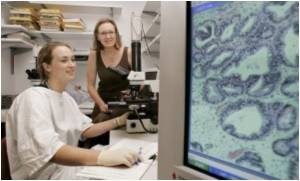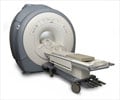New visualization evidence from MRI study of the human brain demonstrated previously unidentified structural connections between the brainstem and the forebrain.

‘Neuroanatomic connections were observed between the brainstem regions involved in autonomic and cardiorespiratory function and forebrain regions involved in homeostatic control.’





In 'The Structural Connectome of the Human Central Homeostatic Network', authors Brian Edlow, Jennifer McNab, Thomas Witzel, and Hannah Kinney, Harvard Medical School, Massachusetts General Hospital, Boston Children's Hospital (Boston, MA) and Stanford University (CA), present the results of MRI visualization in healthy adults to identify specific connections between six brainstem sites and seven forebrain regions that play a role in the critical function of homeostasis. The results lay the foundation for further exploration of the neuroanatomic basis of homeostasis in the normal human brain. They also provide a basis for studying the potential role that abnormal connectivity in this brain network may play in disorders of homeostasis, such as sudden death and epilepsy.
Christopher Pawela, Co-Editor-in-Chief of Brain Connectivity and Assistant Professor, Medical College of Wisconsin, said, "These investigators have detected neural anatomy previously undescribed in the literature using the MGH-USC Human Connectome MRI scanner. This study demonstrates the power of this unique instrument to unravel structural connections in brain regions that were previously difficult to image with conventional MRI scanners."
Source-Eurekalert














